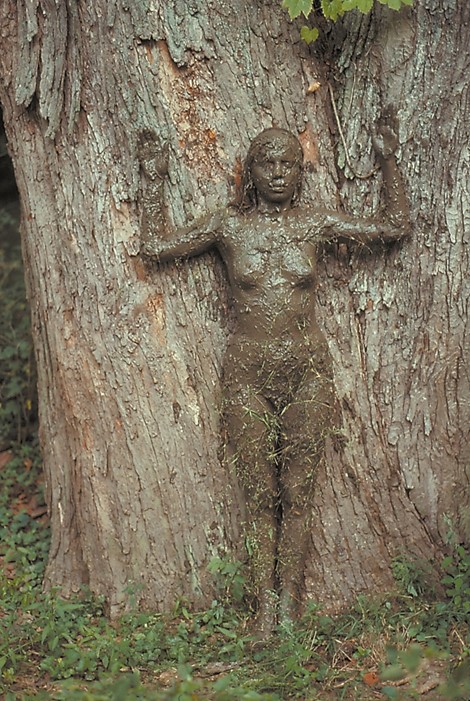Art as Liberation: Elizabeth Catlett’s Compassionate Portrayal of Black Identity
Elizabeth Catlett (1915–2012) stands tall as a monumental force in both art and social justice. With a career over seven dynamic decades, she...
Sabrina Phillips 16 December 2024

















